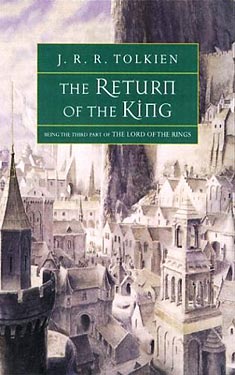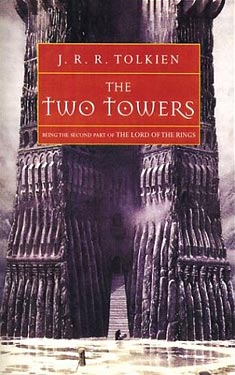Pat Frank
Completed 3/26/2015, Reviewed 3/26/2015
5 stars
This is my second time through “Alas, Babylon”, this time
for book club. It was one of the first
books I read on this three year infatuation with SF and Fantasy. I wasn’t writing reviews yet when I first
read it, so now’s my excuse to do so. Despite
being a nuclear apocalyptic novel from 1959, its speculation on small town life
after the Soviet Union bombs the heck out of the US still feels terrifyingly
fresh and important.
 Randy is a privileged bachelor living in the outskirts of Fort
Repose, a small town in central Florida.
His prudish spinster neighbor thinks he’s a cad with his women and
whiskey. She even catches him staring at
her house with binoculars. But all this
Mayberry melodrama quickly fades when the Soviet Union bombs every major city
and military installation in one early morning swoop. The aftermath of “The Day” forces Randy to
assume responsibility and soon leads a small group of survivors through the day
to day horrors of living in a contaminated zone.
Randy is a privileged bachelor living in the outskirts of Fort
Repose, a small town in central Florida.
His prudish spinster neighbor thinks he’s a cad with his women and
whiskey. She even catches him staring at
her house with binoculars. But all this
Mayberry melodrama quickly fades when the Soviet Union bombs every major city
and military installation in one early morning swoop. The aftermath of “The Day” forces Randy to
assume responsibility and soon leads a small group of survivors through the day
to day horrors of living in a contaminated zone.
This book is chilling and realistic in its depiction of the
cold war nightmare. Pat Frank’s multiple
careers as a journalist and a government consultant gave him firsthand
knowledge of politics and a sense of the aftermath of a nuclear war free of the
duck and cover propaganda. His cold,
journalistic writing style reflects his pragmatic knowledge on the
subject. The survivors face radiation
poisoning, starvation, the loss of all modern conveniences, disease, and
predators, animal and human. Nothing is
romanticized.
Having been written in 1959, it feels dated only from the
sociological perspective. The depictions
of the town’s inhabitants make you think of “The Andy Griffith Show”, with a
lot less humor. Women and
African-Americans are stereotypically portrayed, boys have to become men of the
house, and doctors smoke pipes and make house calls. Some statements made me cringe.like
(paraphrasing) “Can’t leave women alone without a man”. But at the same time, Frank allows the women
and African-Americans to rise to the task of surviving together as much as the
white men in their small interdependent community. No one is taken for granted, and neighbors
work together.
But despite Randy’s little group of survivors coming
together to help each other, they have to face the rest of the dangers around
them. This mostly comes in the form of
the inhabitants of the main part of Fort Repose, its seamy subdivision, and
traveling bands of highwaymen. When I
first read this book, it was exciting and scary. This time through, I became depressed and terrified. It invoked my worst fears of not being able
to provide for myself. I found myself
reflecting on the differences between 1959 and now. There are so many more people, and our
reliance on technology and the supply chain make surviving such an event seem
nearly impossible. It makes me
understand the doomsday preppers a little better. For people who are too young to remember the
societal fear of the cold war era, imagine Zombie Apocalypse without zombies,
but with something invisible poisoning the air you breathe and the ground you
walk on.
I’m giving this book five stars out of five. It meets the criteria of being an excellent
book while producing a very strong emotional response. Sure, the book has that “straight white male
from the golden age of SF” problems, but it an awesome reminder of how close we
came to destroying ourselves with politics, technology, and fear and how close
we still are today.




